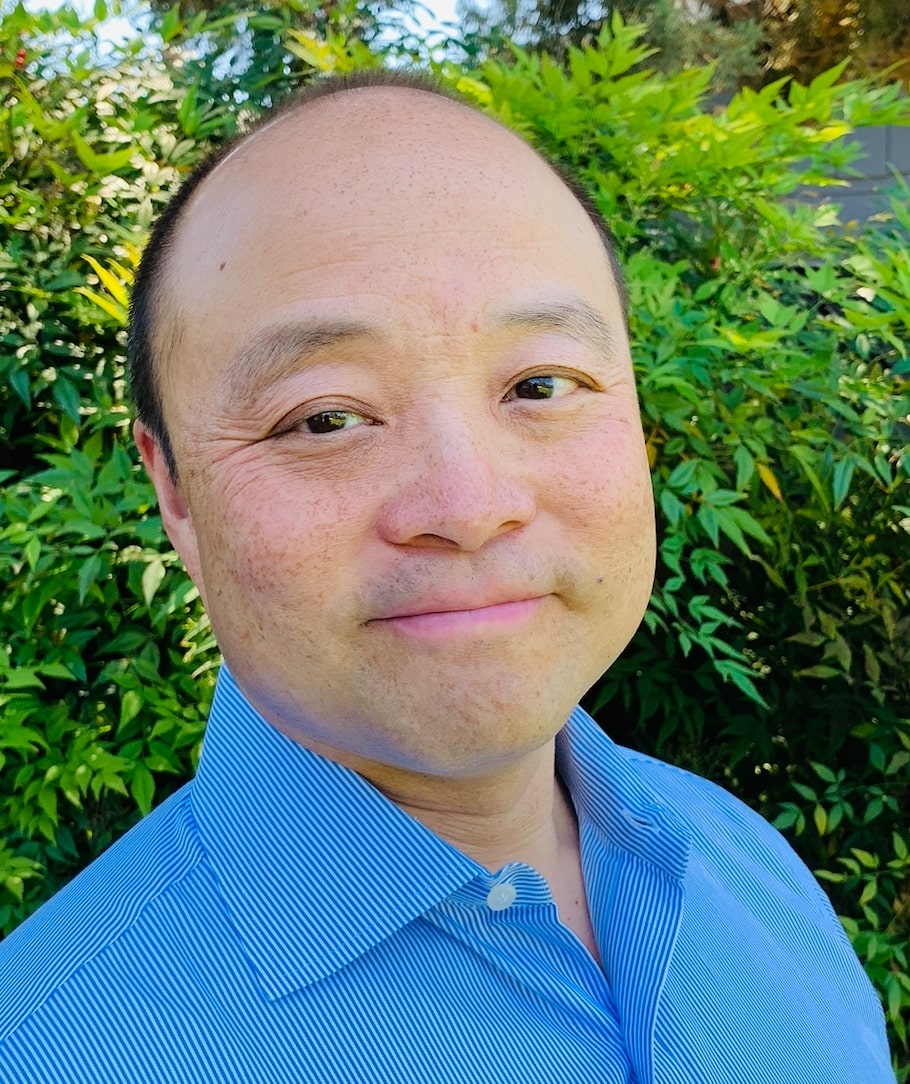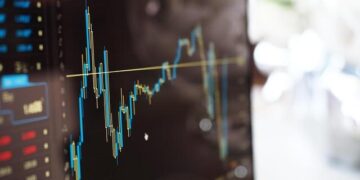The original South Korean researchers of the LK99 room temperature and room pressure superconductor appears to have a withdrawn abstract. This could mean the presentation is withdrawn.
The abstract of Hyuntak Kim APS march meeting has been withdrawn. But we don’t know yet if this means “meeting withdrawal” or not. pic.twitter.com/rjhZX3AP6I
— sejong (@gimjiun79102152) February 17, 2024
Three months ago there was the announcement of the LK99 presentation. It would be good to have the information presented and discussed but if APS was having a dispute with the LK99 researchers then the koreans could choose to present elsewhere.
On March 4, 2024, most of the original team of South Korean LK99 Room Temperature and atmospheric pressure superconductors researchers will have a short 12 minute presentation at the American Physical Society conference.
Abstract: A16.00002 : Partial levitation, type-II-superconductor characteristic, at room temperature and atmospheric pressure in PCPOSOS 8:12 AM–8:24 AM
Presenter:
Hyun-Tak Kim
(College of William and Mary)
Authors:
Hyun-Tak Kim
(College of William and Mary)
Sukbae Lee
(QERC in Korea)
Sungyeon Im
(QERC in Korea)
SooMin An
(QERC in Korea)
Keun Ho Auh
(QERC in Korea)
Collaboration:
College of William & Mary, Quantum Energy Research Center in Korea
We synthesized materials, Pb10-xCux(P(O1-ySy)4)6O1-zSz (PCPOSOS), called PCPOSOS, which exhibit superconducting behavior at room temperature and atmospheric pressure. These materials displayed characteristics of a superconductor, including zero resistance, the Meissner effect, and partial levitation when placed on a magnet (arXiv: 2307.12037). The partial levitation is caused by an inhomogeneity in the magnetic field of the magnet and occurred within the range of critical magnetic fields, Hc1 and Hc2. That is, the magnetic field of the magnet increased with going from center to the edge of magnet. The magnet had approximately 2000G at the center and approximately 3,000G at its edge. The levitation occurred near center. This indicates the center of the magnet is close to Hc1. It disappeared between center and the edge near Hc2, with Hc1 being much smaller than Hc2, because the magnetic moment at Hc2 is much smaller than that at Hc1. When the magnet is slightly moved, the levitation returns to its original position. This phenomenon is analyzed as flux pinning, which is typical of a type-II superconductor. Moreover, the quantum-locking phenomenon, characteristic of a Type-I superconductor, may appear. However, we interpret PCPOSOS as a Type-II superconductor. We will show two videos of levitations and two videos of magnets.
Nextbigfuture observes that there does not look like there will be thin film LK99 results at the March, 2024 presentation.
China Research and Other LK99 Research is Still Developing
Chinese universities and research labs have published experimental evidence in support of LK99 as a room temperature superconductor. The amount of superconducting material that is made in pile of LK99 powder is small. The LK99 needs to have precisely located copper and phosphorous. This leaves one dimensional molecular chains of superconducting material. All previous superconductors have been found to absorb microwaves. It is the nature of superconducting material that they exclude magnetic fields and thus the electronic and magnetic behavior is observed based on interaction with microwaves.
The US military (Air Force Research Lab) gave some small funding to Chapman University to work on thin film LK99. Thin film LK99 is the only form of the materials with reported superconducting levels of low resistance.

Brian Wang is a Futurist Thought Leader and a popular Science blogger with 1 million readers per month. His blog Nextbigfuture.com is ranked #1 Science News Blog. It covers many disruptive technology and trends including Space, Robotics, Artificial Intelligence, Medicine, Anti-aging Biotechnology, and Nanotechnology.
Known for identifying cutting edge technologies, he is currently a Co-Founder of a startup and fundraiser for high potential early-stage companies. He is the Head of Research for Allocations for deep technology investments and an Angel Investor at Space Angels.
A frequent speaker at corporations, he has been a TEDx speaker, a Singularity University speaker and guest at numerous interviews for radio and podcasts. He is open to public speaking and advising engagements.
>>> Read full article>>>
Copyright for syndicated content belongs to the linked Source : Next Big Future – https://www.nextbigfuture.com/2024/02/original-south-korean-lk99-superconductor-researchers-aps-march-4-2024-presentation-withdrawn.html































